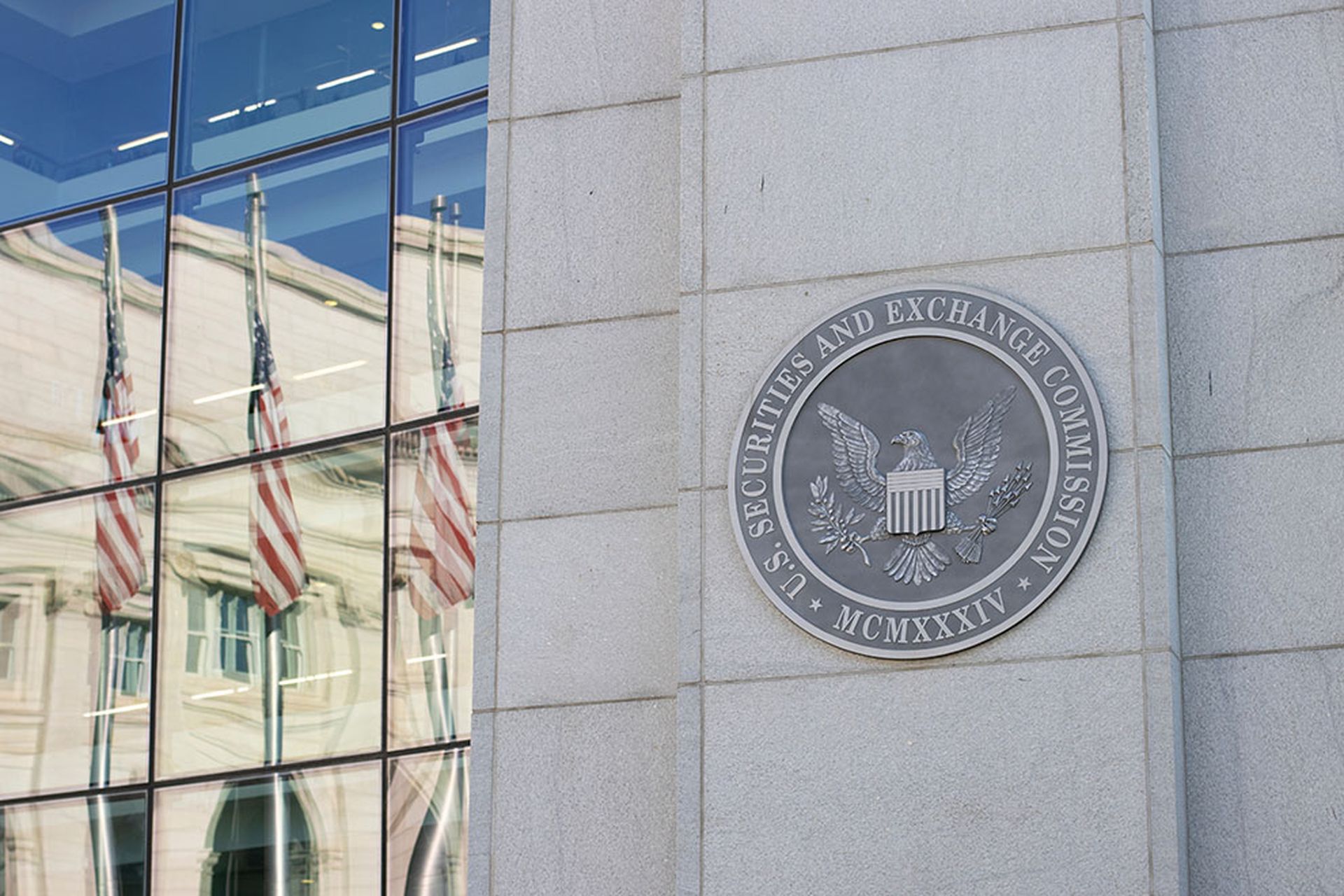The digital landscape presents a double-edged sword for organizations. Technology unlocks unprecedented opportunities for growth, innovation, and efficiency. However, this interconnectedness also creates a vast attack surface, making organizations vulnerable to cyberattacks. Building a cyber-resilient organization goes beyond technical solutions such as firewalls and antivirus software. Rather, it hinges on the foundation of organizational culture.
A company’s organizational culture encompasses the shared values, beliefs, attitudes, and behaviors that define how employees interact, make decisions, and approach their work. Regarding cybersecurity, culture has become pivotal to building an organizational set of invisible armor.
A robust cybersecurity culture goes beyond simply knowing the rules. It’s about fostering a shared understanding of cyber threats and their potential impact. Employees must appreciate the risks associated with phishing emails, social engineering tactics, or weak passwords. This awareness motivates them to adopt safe online practices and report suspicious activity.
Cybersecurity isn’t just an IT department concern. An effective culture emphasizes collective responsibility. Everyone, from executives to frontline staff, plays a role in protecting the organization’s digital assets. This shared ownership breeds a sense of vigilance and collective effort towards cyber defense.
The importance of leadership
Leaders play a crucial role in shaping an organizational cybersecurity culture. Their actions and decisions set the tone for the entire workforce. Leaders must demonstrate a genuine commitment to cybersecurity. This requires allocating adequate resources for security measures, prioritizing security awareness training, and actively participating in cybersecurity initiatives. When leaders champion security, they elevate its importance and motivate employees to follow suit.
Effective leadership exemplifies responsible digital behavior. This includes using strong passwords, practicing safe browsing habits, and reporting suspicious activity. Employees are more likely to embrace security practices if they see their leaders doing the same.
Clear communications also play an important role. Cybersecurity often seems like a technical abstraction. Leaders need to translate the technical jargon into clear business terms. They should explain how cyberattacks can impact operations, finances, and reputation, connecting security and organizational success. This fosters a sense of shared responsibility and motivates employees to prioritize cyber safety. Cybersecurity shouldn’t be a passive exercise. Leaders must empower employees by offering them the knowledge and tools necessary to identify and report suspicious activity. This includes training on phishing tactics, password hygiene, and reporting procedures.
The pillars of a security culture
A robust cybersecurity culture goes beyond awareness and leadership commitment. A culture of transparency is essential. Employees should feel comfortable reporting suspicious activity or mistakes without fear of reprisal. Leaders need to create channels for reporting concerns and establish clear procedures for incident response. This fosters trust, allowing for early detection and resolution of potential threats.
It's crucial to create a culture where employees feel safe making mistakes. They also need to feel safe reporting a potential security incident. It shouldn’t become a blame game. Openly discussing past incidents and learning from them helps prevent future occurrences and encourages vigilance. This psychological safety empowers employees to engage as active participants in organizational cyber defense.
Cyber threats are constantly evolving. Organizations need a culture that embraces continuous learning and improvement. This requires staying informed about emerging threats, incorporating new security tools and tactics, and regularly conducting security assessments to identify and address evolving vulnerabilities. Regularly updated training programs and knowledge-sharing sessions are essential for informing and preparing the workforce.
A culture of resilience
Traditionally, organizations focused on achieving compliance with cybersecurity regulations. While companies must maintain compliance, they shouldn’t make it the sole objective. A true cyber-resilient culture goes beyond checking boxes and embraces a growth mindset.
Cybersecurity incidents are not setbacks, they are learning opportunities. Leaders should conduct thorough post-incident reviews to understand what went wrong and how to prevent similar incidents in the future. Sharing these learnings with the broader organization promotes transparency and reinforces the importance of cybersecurity.
Recognizing and celebrating employees who identify and report suspicious activity or go above and beyond to maintain cybersecurity hygiene reinforces positive behaviors. Public recognition and incentive programs can motivate employees to take ownership of their cybersecurity responsibilities.
Becoming a cyber-resilient organization should become an organizational core and mission-critical capability. This takes building a security-conscious culture so the organization can confidently create, protect, and deliver digital business value. This cultural imperative empowers staff, fosters collaboration, and strengthens organizational resilience against evolving cyber threats. In a world where a single breach can have devastating consequences, a security-conscious culture isn’t just an option: it’s a necessity for long-term success.
David Nichols, executive director, DVMS Institute LLC




